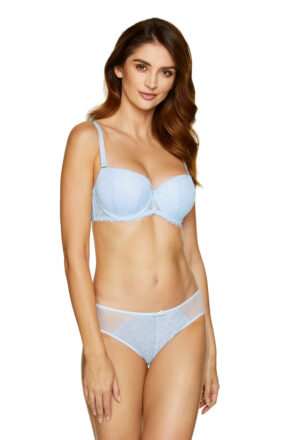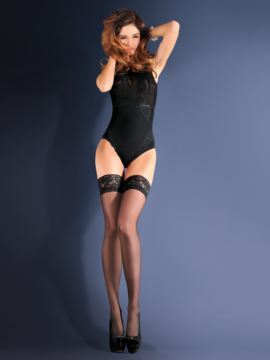- You have no items in your shopping cart
- Continue Shopping


A lot of women struggle to understand the right product when they are buying Lingerie. Women has lot of questions like A bra Is too tight or they have problem with underboob sweat and lot of Brands just avoid a detailed discussion on this as the science of Lingerie Making is very advanced affair and this makes quality Lingerie expensive.
Before going into topics like design, construction a brand or product must explain the fabrics and various production standards to let the user know the right product qualities.
Polyamide – Lingerie is almost your second skin as it remains in touch with your skin and private parts at most of the times. Polyamide creates a very soft feeling as well it is resistant to moisture so even you wear the Lingerie for longer time it will not create irritation to the skin. Polyamide also does not create crease on the Lingerie as nowadays Lingerie in no more an intimate wear, but it is the expression of explicit fashion style. Hence polyamide is very important for creating breathability and soft feeling to your skin.
Elastane- So many women are not able to understand why they have beast pain because of tightness of Lingerie or why a Lingerie does not adopt to the shape of the Breast Nicely. Elastane provides the flexibility to the Lingerie and always retains its shape no matter how long you wear it. Because of elastane the Lingerie stay closer to your skin with right fitting and at the same time retain flexibility. Hence Lingerie having Elastane as one of the fabrics always remain comfortable to your skin without any stress on your soft tissues.
Spandex – Spandex garments are not affected by external factors. It can be used in the bright sun, in a chlorinated pool or at sea with salt water. When elastane or polyamide is mixed, they provide more stretchability and longer retainability of shape.
Cotton – A lot of brands trying to communicate cotton as the prime fabric, but the fact is cotton is a very small percentage of total fabric composition in making of a quality Lingerie. Since Lingerie is a clothing which is worn for a long time in contact with the skin, enhancement of breathability is very Important. Cotton is mixed in very small quantity to improve the Breathability of Lingerie Products
Polyester- Lingerie is combination of 5 to 6 Fabrics so they need to have proper mixability and polyester is used for this property. Polyester improves the mixability of fabrics as well does not let the fabric shrink. It keeps the clothes dry as well retains the vibrancy of colours and dyes. Polyester provides better mixability of the products as in Lingerie 3 to 4 different types of Fabrics are used.
Viscose – Viscose adds to the silk feeling of Lingerie and Nightwear products as well it improves the drapability. Viscose adds to the smooth feeling of the Lingerie product as they cover the most delicate parts of the body.
.
Removal of Harmful chemicals – This is the most important part of The Lingerie production as Lingerie fabric should be free of hard metal dyes and all the chemicals causing skin rashes and other problems. Normally all the fabrics used should have OEKO-TEX 100 standards as this is a very comprehensive process where all the harmful substances including azo dyes are removed from the fabrics.
A lot of women when they remove their Bra, they have red marks below the hooks and other accessories. The quality Lingerie maker choose the accessories free of nickel release so that no adverse effects are left behind.
Pattern making. A quality Lingerie has experienced pattern making process where a lot of research is done worldwide to make the right product. A lingerie has about 100 pieces joined and handmade where pattern making is so complex depending on the style and weight management. They need to have production standards like 02 finger distance between the cups, .2 mm of desired movement etc, right coverage ration depending on the style.
A quality Lingerie is not about just colour options and utility options, but it should be chosen in the light of the attributes which are actually responsible for the functionality of the product.





